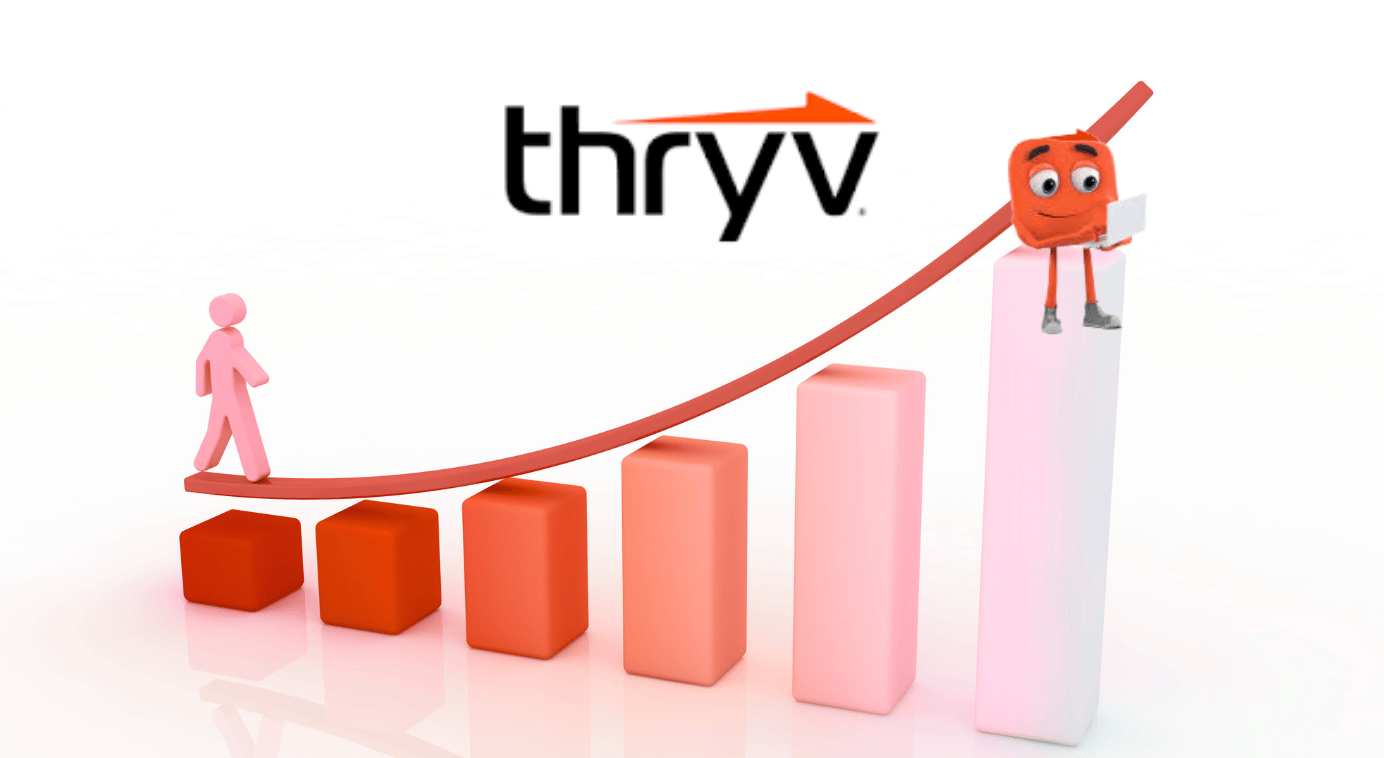Location Intelligence leader Placer.ai announced this week that it raised $75 million. This gives the company a $1.5 billion post-money valuation, up from the $1 billion valuation calculated in its series C round in 2022, and fuels its ongoing endeavors to elevate the art and science of location intelligence.
Backing up, what does Placer.ai do… and what is location intelligence more broadly? Starting with the latter, location intelligence involves gathering location signals in many forms and synthesizing them into meaningful insights for brand marketers. That includes dynamic device data and stationary place data.
As for Placer.ai, it works with brands, retailers, events & entertainment companies, and others. It offers them location-based insights, such as what consumers are doing and where they’re going in the real world (think: foot traffic in and around a store). With new funding comes oxygen to evolve the platform.
“The funding is a testament to the strategy that has brought us this far, and the massive potential that still exists to push the boundaries of location analytics and physical market research,” Placer.ai co-founder & CEO Noam Ben-Zvi told Localogy Insider.
Quantity & Quality
Whenever location intelligence comes up, it generally raises privacy flags. But the survivors in the location-intelligence game – Placer.ai among them – operate in privacy-compliant ways. That includes collecting anonymized data from a network of third-party apps, as well as other location signals.
For example, collecting location data at scale and anonymously can reveal key insights like aggregate device movement (again, foot traffic around a given store). That can be used to do things like A-B test foot traffic lifts at different locations, or before and after a given ad campaign to attribute performance.
Here, the name of the game is the quantity and quality of location signals. This is especially true in the privacy era when location and behavioral targeting on an individual device level is restricted. It’s all about doing more with available aggregate signals, which requires a variety of location data to ingest.
Placer.ai specifically does this through its SDK that app publishers integrate. This gives them valuable location capabilities (think: mapping, weather, store finders, etc.), while Placer.ai gets valuable device movement data in return. That data is aggregated and anonymized before Placer.ai gets its hands on it.
Vibenomics and Placer.AI Accelerate the Rise of Retail Media
Fill in the Blanks
Back to the funding and Placer.ai’s platform evolution, the money will be used for business development as well as efforts to broaden the datasets that it pulls in to do its thing. As noted above, the quality and quantity of that data are impactful in steering Placer.ai’s capability to synthesize good insights.
Another platform evolution involves AI, which can fill in some of the blanks in terms of processing location intelligence from raw signals. This has always been a part of the mix for Placer.ai, including machine learning to infer real-world outcomes. But given the latest inflections in AI, its role will expand.
Meanwhile, Placer.ai is on a hot streak, operationally speaking. Among other things, it exceeded a $100- million revenue run rate in February and now has 4300 customers – up from 1,000 at the time of its aforementioned series C round in early 2022. This week’s cash infusion should throw fuel on that fire.
“This will allow us to further ramp up our pace of innovation,” said Ben-Zvi, “so that we can deliver more critical features and empower professionals to make critical decisions with confidence.”



